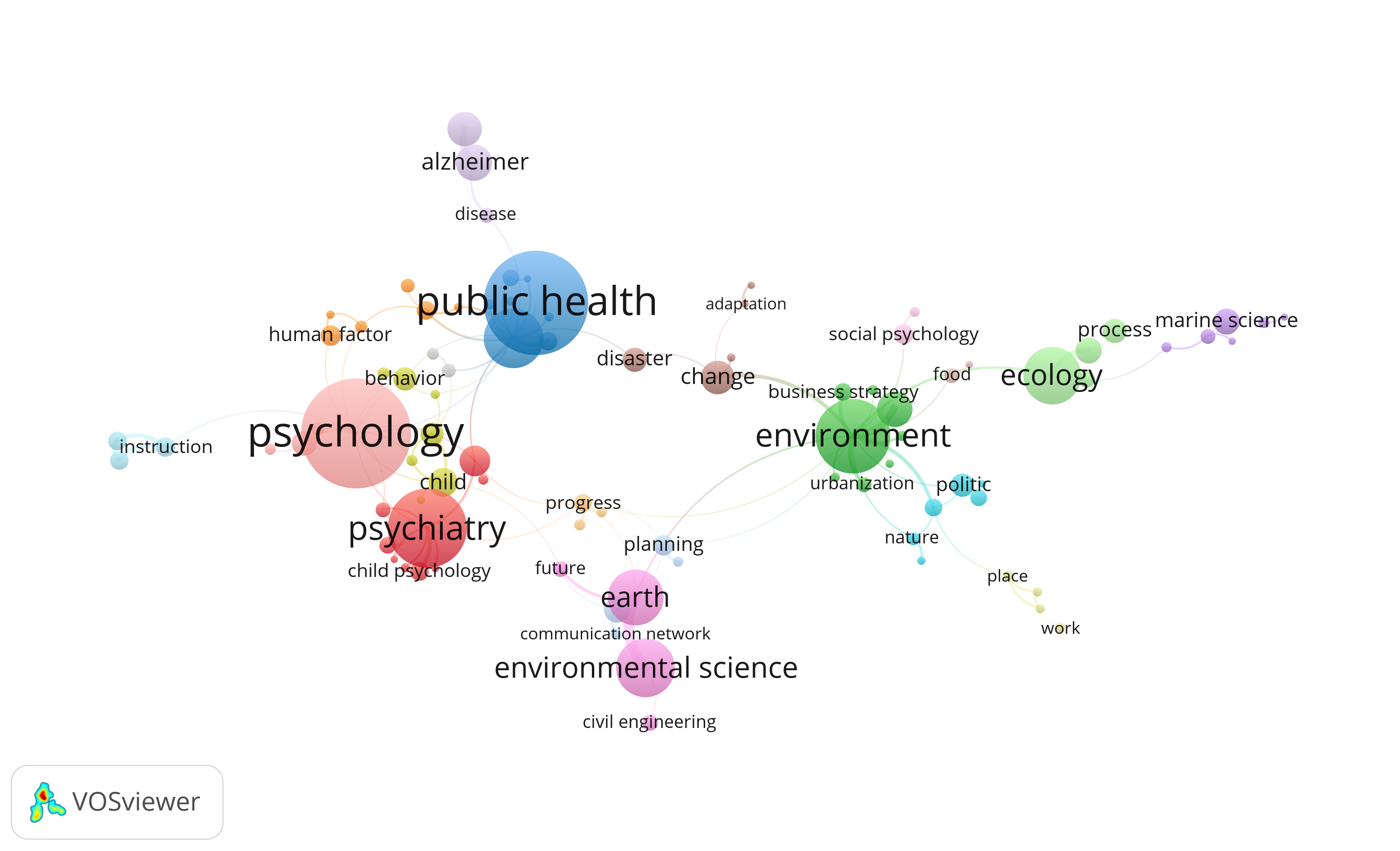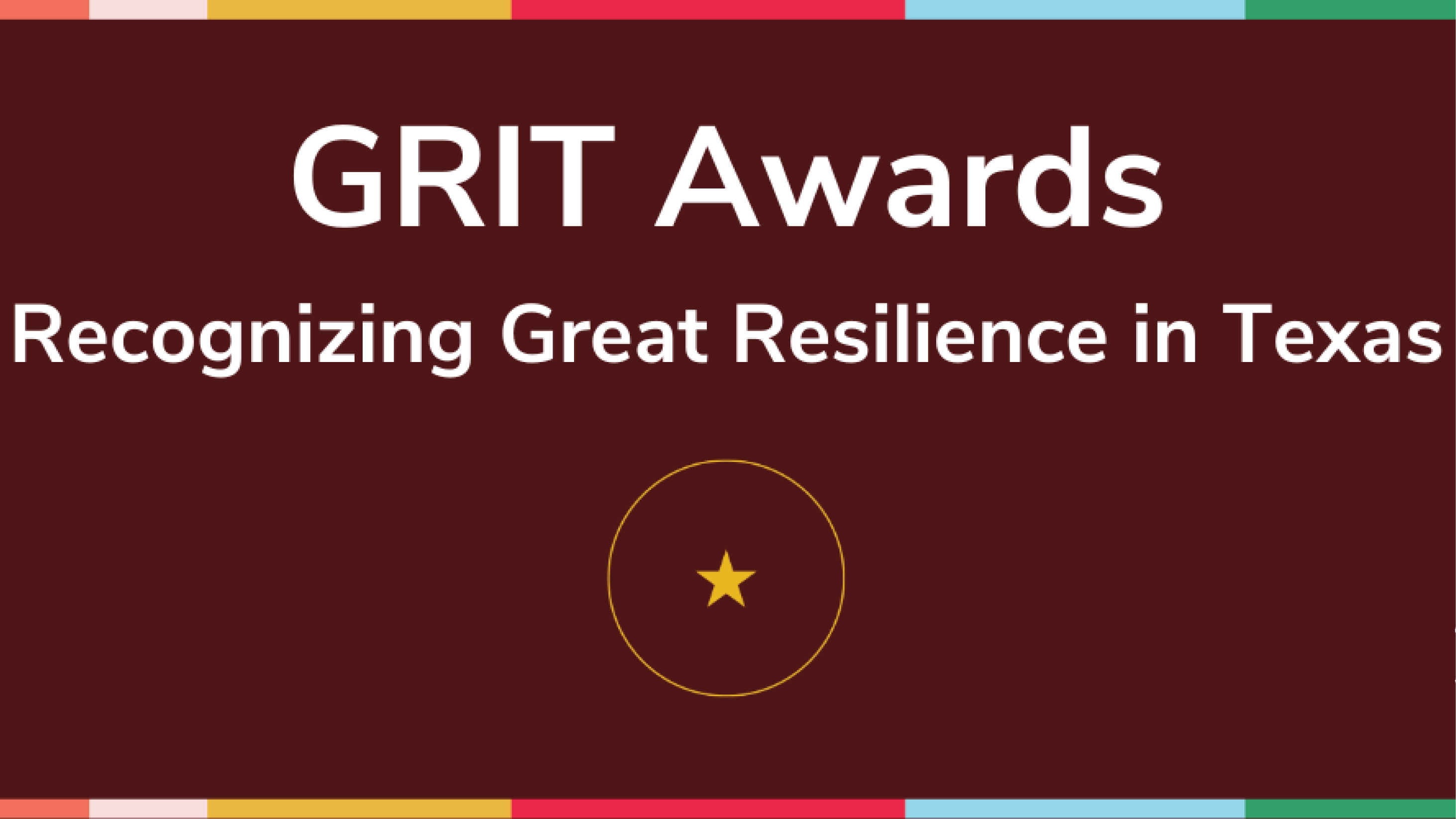We are using open-source Python tools and machine learning algorithms to retrieve, analyze, and map 24,732 academic paper abstracts from 50 years of multidisciplinary resilience research. From this, we are exploring key concepts and themes in resilience and their relationships to one another.
Conceptualizing Resilience Across Disciplines
THE PROBLEM WITH DEFINING RESILIENCE
Over the last 15 years, resilience has broadened across scientific fields and expanded as a research framework to help solve big human problems. But, the lack of a shared understanding and definition of resilience among researchers and practitioners can make impactful collaborations difficult.
As a team with multidisciplinary resilience researchers, we wanted to make resilience more meaningful for researchers. How could we unify the various definitions and approaches of resilience being used across disciplines to help answer complex research questions about what makes healthy+resilient people+places?
How We Answered This Dilemma
24,732 Academic Paper Abstracts Analyzed
OUR RESEARCH-BASED DEFINITION OF RESILIENCE
Based on analyzing themes and statistical associations across the landscape of academic research, our study is conceptualizing resilience to include three main components:
1. A dynamic process of change (as opposed to just a ‘return to the status quo’)
2. The means to enhance control (of a system, process, response, behavior, feeling) before, during, and after a disruption (as opposed to only looking at one stage or phase, pre/during/post disruption)
3. Progression to an improved or positive state thereafter (as opposed to something unchanged or negative)
VISUALIZING RESILIENCE

Co-occurring keywords from journal titles of articles representing topical taxonomies/associations of resilience.
The project's network maps (as shown in the example on the left) are a visual representation on how resilience can be applied both within and across disciplines. They help support the idea of applying resilience as a way to think about and parse big human problems.
The maps illustrate how specific disciplines apply resilience and reveal the bridging topics that connect these areas of study, like change, adaptation, disaster, and public health. This process reveals the need to expand our understanding of the interconnectedness of systems, environments, and human health as they relate to resilience.






